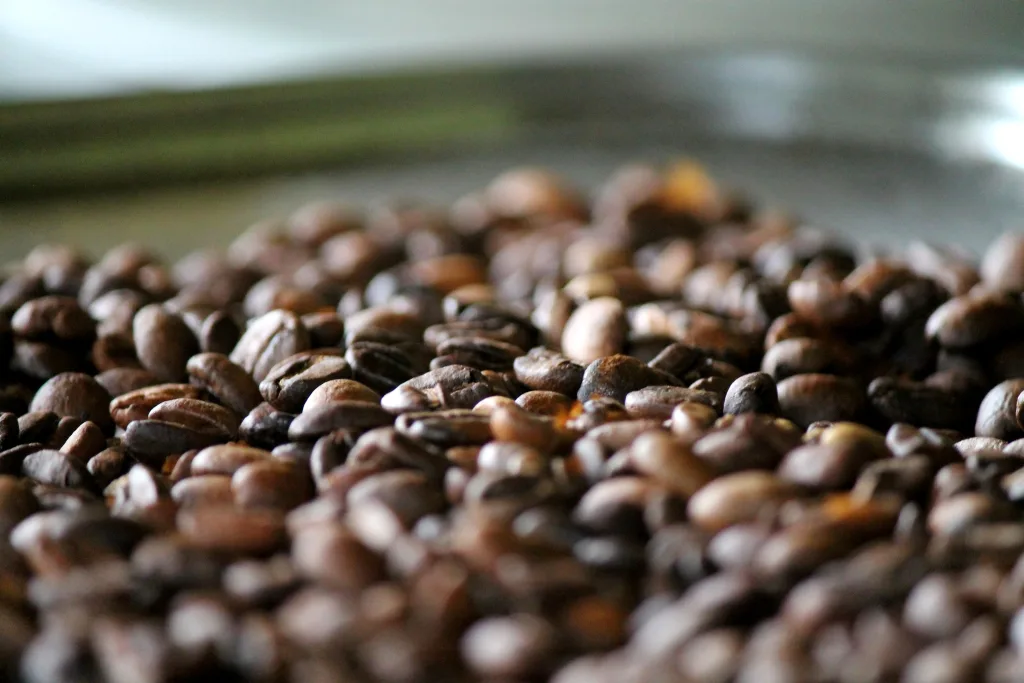
By: Kathy Baier-Lockhart, M.S.
Boquete: The Cloudforest, Ecotourism, and Coffee
Last week we had the privilege of changing up our current island scene and spending a week in the lush Chiriqui province of Western Panama. We began our week with a 5 hour trek through Almirante Bay and La Amistad International Park until we eventually made it to Boquete, our beautiful cloudforest home away from beachy Bocas. We stayed the week at Hostal Casa Pedro with a wonderful Panamanian-American family. They fed us breakfast and dinner everyday and the food was delicious! We watched movies every night and hung out with Pedro Jr., Fiona, and Lovito, the owners’ son and dogs, respectively.


On our first full day in Boquete we found ourselves immersed within the local collegiate community at Universidad de Chiriqui (UNACHI). Our Environmental Policy professor gave a lecture about ecotourism to the local university students studying English, tourism, and natural science disciplines. This lecture sparked a passionate conversation among the locals about what Panama as a country is doing right or wrong in the tourism sector as well as the direction that tourism is heading in the future. It was a very intriguing experience getting to hear the students’ cares and fears about their country. I know it is my hope that this lecture will be beneficial to those who are among the future leaders in the tourist and government industries. For the rest of the day we were guided around in the town of Boquete by a UNACHI student to get a feel of the highland flavor.

On our second day we found ourselves at Los Quetzales Eco-Lodge. We enjoyed lunch in their ornate dining hall filled with beautiful woodwork and later bird-watched off the balcony in the rain. After lunch we were taken up the hill to Friendship International Park via trailer pulled by a tractor. Needless to say, it was a bumpy ride up until we finally made it to the eco-lodge’s cabins. From that point we took to our feet up the rest of the hill to the more elevated cabins. It was beautiful hike in the rain and our guide was very knowledgeable about the floral and faunal species we came across. We kept our eyes peeled in the rain for any sight of a Resplendant Quetzal, but to our dismay we did not find one. To satisfy our disappointment, however, we were taken to a balcony off of the top cabin where we had the rare opportunity of witnessing 4 of the many species of hummingbird that grace Boquete’s skies, all crowded around their handmade bird feeders. It was a stunning sight to see.

On our third day we had a short walk from Casa Pedro in the morning sun to a local coffee plantation called Finca La Esperanza, which means “hope.” When we arrived, the plantation owner taught us about his sustainable business practices and employment and housing of the local indigenous communities within his property. He then led us through a small portion of his enormous farm. We trekked through the Ngobe village community living there, met the Ngobe farm manager and Panamanian environmental estate lawyer of La Esperanza, and found ourselves in a picturesque scene similar to an Oregon forest where we witnessed the sustainable water line that services the entirety of his neighbor’s farms. Once we reached the highpoint of our hike,we were greeted with a gorgeous view of Boquete below the eerie fog that crept among Parque Internacional La Amistad’s crests. We finished our tour with fresh and yummy French-pressed coffee and guava provided by the gracious owner.


After a quick lunch at Casa Pedro, we set out for Boquete town once more to interview the locals about changes in tourism. We split into groups to conduct field exercises for Amy’s course, discovering that similar perceptions were emerging in Boquete that we had earlier established in Bocas. It was shocking to hear some residents and local forecasting the future of Boquete to become as metropolitan and developed as Panama City, which is more like Miami these days, due to its booming tourism, burgeoning retirement communities, and loss of natural habitat. After our field interviews our magnificent bus driver led us to a couple local landmarks including the town delicacy known to natives as “Strawberry Land.” We finished out our day enjoying fresh strawberries in a variety of choices depending on the individual’s preference: with cream, in a milkshake with chocolate, with fresh coconut shavings and more. We then stopped to see a large wall of a unique type of rock found only in 2 places on earth, Boquete included. That evening we returned to Casa Pedro for our last night in which Pedro and his wife Marilin served us a special cake and thanking us for our time in their house, vowing that their house will always be our home away from home even when we return to the States.
All in all it was a remarkable trip into the rainforest habitat of the Chirriqui province. It was truly a beautiful experience to step out of our isolated Bocas del Toro islands to get to know some local perspectives from another Panamanian community. We took home some experiences that will be vital to our educational and personal growth whether in upcoming research or our future careers.
View more photos from the trip below:


















Related Posts

Framing Prek Toal: Photography, Conservation, and Life on the Tonle Sap

